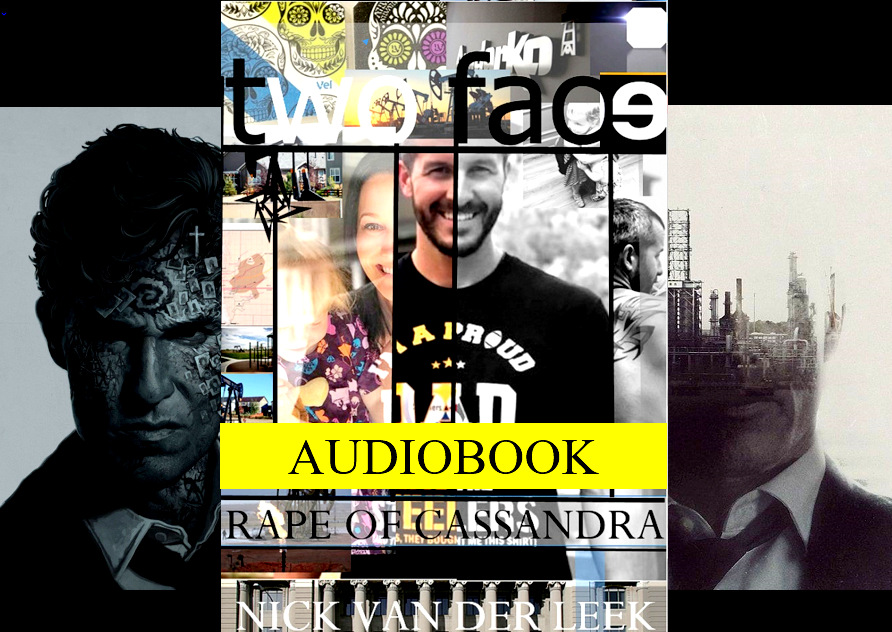It’s a popular misconception that Calpol Night helps children to sleep.
Is it really?
On the same day the McCanns finally arrived home at the end of a disastrous summer in Portugal, the Sunday Times published an analysis of how the well-to-do British parents [both doctors] had been unfairly victimized by Portuguese cops and Portuguese tabloid media.

One of the “most powerful rumours” quoted in the article was this one:

The inference is that the gossip surrounding the use of a Calpol as a sedative cannot possibly be true simply because – medically speaking – Calpol isn’t a sedative.
Do a Google search of “Calpol sedative” and Google will inform you that:

This must mean that the article in the Sunday Times, especially the bit about Calpol having “no sedative effect” was 100% accurate, right?
Well, it depends on “when”. If the question is: Does Calpol Night have a sedative effect today? the answer is no. The date of the article cited in the Google search [February 16, 2005] seems to predate the incident involving Madeleine McCann by over two years.
The problem with the assessment that the active ingredients have no sedative effect is that they don’t refer to the actual active ingredient that does: diphenhydramine hydrochloride.
There are three important points to raise in this respect:
1. While the original Calpol Night did contain Paracetamol, and while Paracetamol is a painkiller as opposed to a sedative [confirming the accuracy of the text above] the other active ingredient is used to treat coughs and runny noses.

It dries nasal secretions and is, as such, an antihistamine. Antihistamines are famously sedating, and diphenhydramine hydrochloride is no exception. So the original Calpol Night does have a sedative effect, despite the claim in the Sunday Times that this was a rumour, and apparently the same claim by the doctors at the centre of the allegations that it had no sedative effect.
2. What is astonishing is that the Sunday Times either was ignorant of the well-known trend in British to sedate their children using cough-medicine in the decade following 2000, or was deliberately ignorant. In other words, they either misled their readers on a misconception that wasn’t, or they did so accidentally. A year and ten days after “setting the record straight on the safety of Calpol” the same newspaper referred to the “Calpol generation” in a headline, and the dangers of the medication leading to long term side-effects.

3. By March 2009 the original formula of Calpol Night was discontinued, and the product packaging of the replacement product was altered to reflect this. After coming under review, it was no longer recommended to dose any children under six years of age with Calpol Night. [Madeleine McCann was three-years-old at the time of her disappearance]. Some of the side effects associated with the original formula now officially included drowsiness, hallucinations and potentially serious liver and kidney damage.
The Calpol product that replaced Calpol Night in 2009 doesn’t have a sedative effect. The Calpol product that existed at the time something happened to the doctors’ daughter during their holiday in Portugal in 2007, absolutely did.
More: Are we using too much Calpol? – The Telegraph [2005]
Doctors are now being told to prescribe Calpol instead of antibiotics to children – Daily Mail [2017]
Are we raising a generation of Calpol kids? Doctor warns in TV doc that our children are overdosing on drugs – The Mirror [2018]
Madeleine McCann cops thought Kate and Gerry had accidentally killed Maddie with Calpol overdose, Netflix documentary reveals – The Sun [2019]












Recent Comments